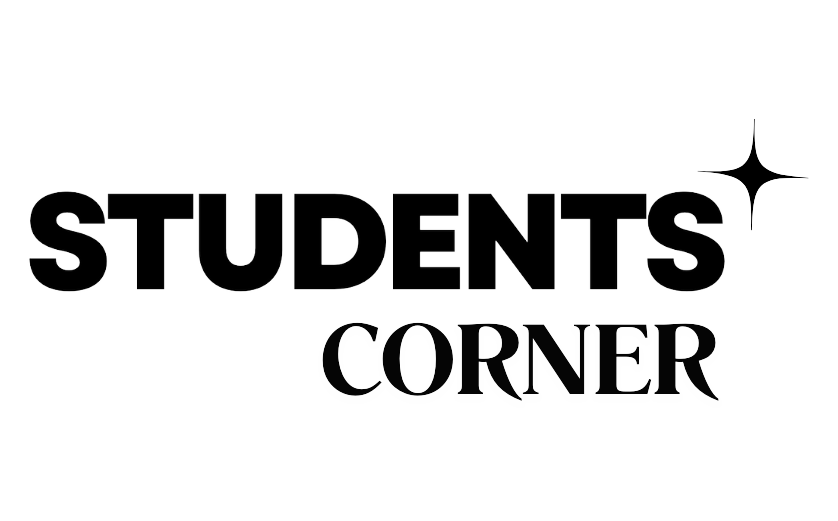
Biology Questions and Answers
1. What happens if transpiration doesn’t take place in tall trees?
Transpiration is the process where water is absorbed by plant roots, moves through the plant, and evaporates from small pores on leaves called stomata. If transpiration does not occur in tall trees:
- Water transport is disrupted, and the plant cannot draw water from the roots.
- The cooling effect is lost, leading to overheating of the plant.
- Photosynthesis would be hindered as water is a vital component.
- The oxygen production from photosynthesis would be reduced.
2. Materials required to observe the internal structure of the mammalian heart.
Materials needed:
- Dissecting scissors and forceps
- Scalpel
- Dissecting tray
- Magnifying glass or dissecting microscope
- Water or saline solution
- Gloves and safety goggles
- Heart model or diagram for reference
3. General principles to avoid indigestion problems.
- Eat smaller, more frequent meals instead of large meals.
- Chew food thoroughly to ease the digestion process.
- Avoid overeating, which can lead to stomach strain.
- Avoid spicy, fatty foods that irritate the stomach.
- Drink plenty of water and stay hydrated.
- Exercise regularly to promote healthy digestion.
- Reduce stress through relaxation techniques.
4. How can we say that Photosynthesis is the basic energy source for the living world?
Photosynthesis is the foundation of energy for all life because:
- It provides energy through glucose to primary producers (plants) which are consumed by herbivores and then by carnivores.
- Photosynthesis also releases oxygen as a byproduct, which is crucial for the respiration of aerobic organisms.
- It converts solar energy into chemical energy that is stored in glucose, providing the necessary energy for organisms’ growth, reproduction, and other activities.
5. Name the food material on which trypsin acts and name the end products.
Trypsin acts on proteins and breaks them down into:
- Smaller peptides
- Amino acids (the building blocks of proteins)
6. List the materials used to observe the goat heart in your laboratory.
Materials for observing the goat heart include:
- Goat heart specimen
- Dissecting scissors, forceps, and scalpel
- Dissecting tray
- Magnifying glass or dissecting microscope
- Water or saline solution
- Gloves and safety goggles
7. Write any three pieces of evidence to prove Darwin’s Theory of Evolution.
- Fossil Record: Fossils show gradual changes in species over time.
- Comparative Anatomy: Similar structures in different species suggest a common ancestry.
- Embryology: Early developmental stages in many organisms look similar, indicating shared ancestry.
8. Explain two tropic movements with suitable examples.
Tropic movements are growth movements in response to environmental stimuli:
- Phototropism: The movement of plants towards light. Example: A plant bending towards a light source.
- Gravitropism: The movement of plants in response to gravity. Example: Roots growing downward (positive gravitropism) and stems growing upward (negative gravitropism).
9. Explain the procedure and precautions of an experiment that proves the presence of starch in leaves.
Procedure:
- Boil a leaf to kill it and soften the tissue.
- Place the leaf in iodine solution.
- If starch is present, the leaf will turn blue-black.
Precautions:
- Ensure proper boiling to kill the leaf and soften it.
- Use fresh iodine solution for accurate results.
- Handle all materials carefully to avoid injury.
10. Explain the procedure and observations of an experiment “Action of Saliva on Flour.”
Procedure:
- Place a small amount of flour in a beaker or test tube.
- Add a few drops of saliva to the flour.
- Stir the mixture and observe changes over time.
Observations:
- Saliva contains the enzyme amylase, which breaks down starch into sugar (maltose).
- The mixture may taste slightly sweet after a while due to maltose formation.
11. Write any five modes of asexual reproduction in living organisms.
- Binary Fission: Seen in bacteria, where the cell divides into two identical cells.
- Budding: Seen in yeast and hydra, where new organisms grow from a bud on the parent.
- Fragmentation: Organisms like starfish regenerate from body parts.
- Spore Formation: Seen in fungi, where new individuals form from spores.
- Vegetative Propagation: Plants like potatoes reproduce from vegetative parts (roots, stems, leaves).
12. Explain the cardiac cycle.
The cardiac cycle involves the sequence of events during one heartbeat:
- Systole: The contraction phase where the atria and ventricles contract to pump blood.
- Diastole: The relaxation phase where the heart chambers refill with blood.
13. Draw the pyramid of numbers in a pond ecosystem and explain.
Top Predators
(e.g., Birds)
Secondary Consumers
(e.g., Larger Fish)
Primary Consumers
(e.g., Small Fish)
Producers (Plankton)
In a pond ecosystem, the pyramid of numbers shows the number of organisms at each trophic level, with producers at the base and top predators at the apex.
14. Draw the labelled diagram of Datura flower and explain essential organs.
Unfortunately, I cannot draw a diagram here, but here is a description:
________
/ \
| Petals |
| |
/ Pistil \
| Ovary | <--- Female part
\__________/
|
Stigma
|
Style
Explanation: The Datura flower has both male (stamens) and female (pistil) reproductive organs. The pistil includes the stigma, style, and ovary, which help in fertilization.
